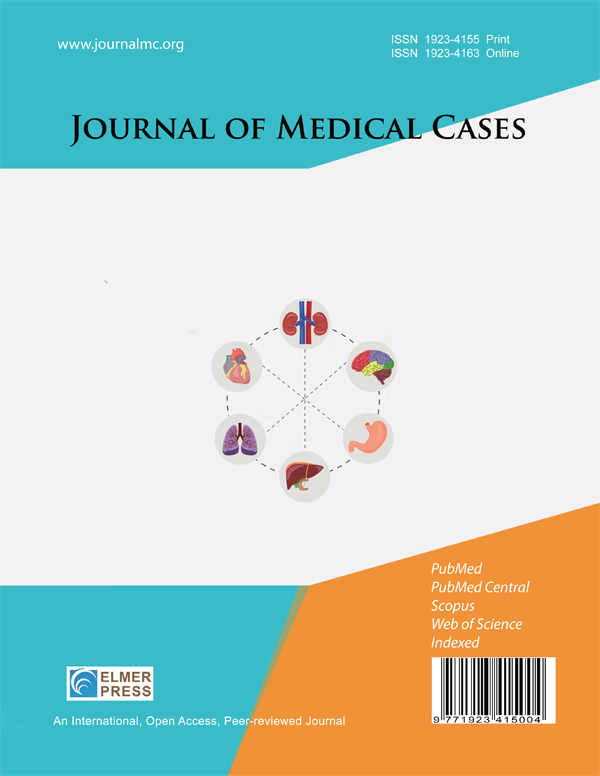Inadvertent Intra-Arterial Administration of Rocuronium During Anesthetic Care in a Sixteen-Year-Old Patient
DOI:
https://doi.org/10.14740/jmc5106Keywords:
Rocuronium, Intra-arterial injection, Vascular injury, Gangrene, Compartment syndromeAbstract
The inadvertent intra-arterial (IA) injection of medications can result in significant clinical sequelae, including paresthesia, pain, loss of motor function, compartment syndrome, gangrene, and loss of digits or limb. We present the inadvertent IA administration of rocuronium during intraoperative anesthetic care of a 16-year-old patient. Following the inhalation of incremental concentrations of sevoflurane in nitrous oxide and oxygen, an intravenous (IV) cannula was placed in the left antecubital fossa. Rocuronium was administered through an IV cannula to facilitate endotracheal intubation. The forearm and hand became mottled and it was determined that the cannula was in the brachial artery. During the ensuring 2 h, there was a gradual return of the extremity to its baseline appearance. The patient was discharged home and no further sequelae were noted. Previous reports of the IA injection of neuromuscular blocking agents are reviewed, techniques to prevent such problems discussed, and a pathway for treatment outlined.

Published
Issue
Section
License
Copyright (c) 2024 The authors

This work is licensed under a Creative Commons Attribution-NonCommercial 4.0 International License.









